A Pump is a hydraulic device used in Mechanical, Hydraulic, and many other industries for several purposes. It is of different types for multiple operations.
In this article I have explained What is Pump, What are different types of pump and their function? in detail.
Notes: The PDF you can download the end of the articles.
What is a Pump?
The pump can be defined as equipment in engineering that is used to transfer liquids and gases from one place to another place by use of mechanical effort. Pumps can operate with the help of many energy streams like electrical, motor, wind energy and manual strategy, and many others.
Commonly, pumps are regulated by a means it can be reciprocating or rotary and grab power to do automatic labor that strides the working liquid.
This device is prepared for holding up liquids from low to high levels and moving fluids from low to high-pressure areas. Pumps are powered utilizing various energy sources, compelling a physical operation, electricity, motor, wind power, and furthermore.
Normally, pumps work by a void in which air pressure compels the liquid out. All pumps work by establishing an area of low strength.
Pumps have been used for so long, so it’s no surprise that there are a large variety of quantities and categories available. So let’s examine them one by one which is characterized below.
Different Types or Categories of the Pump:
There are mainly two types of Pump but they have various categories into it:
- Dynamic Pump and
- Positive Displacement Pump
The further classification of these two types of Pumps are:
1. Dynamic Pump:
- Centrifugal Pump:
- Axial flow
- Mixed flow
- Peripheral
- Special effect Pump:
- Jet pump
- Electron magnetic pump
2. Positive Displacement Pump:
- Reciprocating Pump:
- Piston pump
- Plunger pump
- Diaphragm pump
- Rotatory Pump:
- Screw pump
- Progressive cavity pump
- Gear pump
1. Dynamic Pump:
The dynamic pump is a kind of speed pump in which kinetic power is augmented to the fluid by enhancing the processing speed. This boost in energy is restored to a gain in potential energy (pressure) when the speed is lessened previously or as the flow escapes the pump into the release pipe.
#1. Centrifugal Pump:
Centrifugal Pump is used to run fluid by managing centrifugal force to develop the speed of the liquid. It is an automatic machine built to move fluid using the transfer of rotational energy to hydrodynamic energy.
The part that moves the fluid is called the impeller. They are used over a variety of applications because they have a simple technique that creates great efficiency.
The main point in the system of a centrifugal pump is priming operation. Priming is the preparation in which suction pipe casing of the pump and the role of fluid with the liquid which is to be pumped so that all the air from the position of pump is banished and no air is evacuated.
The requirement of priming operation in a centrifugal pump is because the pressure developed at the centrifugal pump impeller is equal to the density of fluid that is in touch with it.
The centrifugal pump works on the principle of conveying energy to the liquid employing a centrifugal force produced by the technique of an impeller that has various blades/vanes.
The centrifugal pumps are used in Water reserve for residential regions, Fire safety procedures, Sewage/slurry removal, Nutrition, and liquid manufacturing, Chemical manufacturing, Oil and gas industry operations, Pressure stimulating, fire security sprinkler procedures, and air conditioning.
These pumps are also used in chemical, drug industries for hydrocarbons, pigments, cellulose, petrochemical, fluid production, and sugar refining.
Advantages and Disadvantages:
| Advantages | Disadvantages |
| Centrifugal pumps do not contain drive seals that diminish leakage harm. | The energy loss can be arisen due to the coupling that develops some magnetic friction. |
| It is used to pump out toxic and hazardous fluids. | Earlier the strong load occurs, chances are there for the coupling to plunge. |
| It has magnetic bonds that can be scarred totally in overload problems as well as protect the pump from outward forces. | If fluids with ferrous atoms are pumped out, then rust arises & over time the pump ends working. |
| The motor and pump are divided from each other so heat transmission is unusual from the motor to pump. | When the flow of liquid is small through the pump, then overheating can emerge. |
| These pumps develop low friction. |
#2. Axial Flow Pump
In the axial flow pump type, the liquid motions equal the shaft in the pump. This method parallels the working of a propellant. The most important application of this pump is when there is a massive flow rate and very little pressure head.
For example, they are familiar with dewatering pumps and liquid circulation pumps.
The propeller can be steered rapidly by a closed motor in the pipe or by an electric motor or petrochemical diesel engines hoisted to the pipe from the exterior or by a right-angle propulsion shaft that penetrates the pipe.
Axial flow pumps are employed in applications expecting extremely high flow rates and low stresses. They are used to distribute liquids in power plants, sewage digesters, and evaporators.
They are also utilized in rain dewatering and irrigation procedures.
#3. Mixed Flow Pump:
In the mixed flow pump, the liquid discharges combine both radial and axial flow properties. So, that is a tradeoff between the two axial and radial pumps.
Different pumps regulate at elevated progression rates with a good boost in the pressure head. That’s why mixed flow pumps with elevated velocities are usually formulated with an axial tubular container and an “onion type” or axial progression diffuser through which the fluid streams towards the combustion elbow and the pump clearance nozzle.
#4. Peripheral Pump:
The Peripheral Pump is a closely coupled type centrifugal pump that has an impeller with a large number of radial vanes at the outermost edge.
It has a small clearance between the casing and an impeller therefore a clean fluid requires. If we do not use clean fuel and we use solid fuel then there will be chances of not working impeller efficiently.
The rotor of a pump generates a flow between the impeller and the casing channel with the use of centrifugal force. The speed of both the fluid and impeller is the same.
Hence, the fluid flows from the channel to an impeller in a rotational path, and this cycle is repeated.
#5. Special Effect Pump:
A special effect pump is a device in which the norms of energy expansion are still kinetic, the addition of velocity, but that require impacts other than that of the refined centrifugal pump.
The special pumps are mainly categorized into three different types regarding the process they use to move the fluids: direct lift, displacement, and gravity pumps.
The special effect pumps run on some averages which are reciprocating or rotary and consume power to perform automatic jobs striding the liquid.
The six different types of special effect pumps are known as, induced vortex, viscous drag, impact, regenerative, partial emissions, and reversible.
#6. Jet Pump:
Jet pumps are mainly used to generate and conserve space by reducing vapors from a closed system. In this assistance, they are named “ejectors.” steam gave the motive power. Jets for this basis are often mixed with combining devices, and the whole system is bought as a group.
The jet pump manufactured transportation operation consists of two main parts: the ground pumping, the device, and the downside gap Jon pump.
On the ground, the reciprocating pump transfers stability to the fluid, improves its strength, drives through ground piping, outputs tubing until the jet pump, positioned.
Jet pumps are frequently used in aquatic applications; they are also used to transmit seawater. Jet pumps can be evaluated as mixers or circulators since the infusion mixes fluids.
The water gets released while the tread is recirculated into the driveline. When liquid arrives at the nozzle, fluid is shoved throughout h the venturi meter by producing a space.
After that brings out the liquid up the hole through a foot valve. As the liquid motions the venturi duct into the column line it appears with a bigger pressure to compel the liquid around into the pump impeller.
#7. Electromagnetic Pump:
The electromagnetic pump regulates the direction that a force is put out on a current-carrying conductor in a magnetic field.
The high electrical conductivity of the fluid metals pumped are consumed as the heat-transfer medium, in some nuclear reactors and strategies enables a pumping force to be formulated within the metals when they are limited in a duct or shaft and subjected to a magnetic area and an electric current.
Electromagnetic pumps work on the Faraday ́s law principle, in the Faraday law, the electrical current combines with the magnetic field creating attractive power.
Therefore, this in return controls the liquid metal flow. It is utilized in nuclear reactors and emitting and passage of metals in the foundry which have very high temperatures.
#2. Positive Displacement Pump:
The positive displacement pump uses motion like rotary, reciprocatory, and pneumatic for moving or flowing the liquid through the pump, and discharge (Q) of the flowing fluid occurs in the form of pulses rather smooth liquid flow.
This type of pump operates by trapping a fixed amount of fluid into the pump chamber (at the inlet valve) and then it is being discharged by the outlet valve. These pumps work at high pressure and high density.
#1. Reciprocating Pump:
A reciprocating pump is a device that transforms mechanical energy into hydraulic energy by providing the liquid into a cylinder. In this type of pump, a piston is reciprocating which uses thrust on the liquid and increases the energy of the fluid.
It is known as a positive displacement pump because it releases a positive amount of fluid.
This type of pump is used in Petroleum and steam industry, Fuel factories, Sugar industry, Suds and Detergent Industries, Nutrition and Beverages, Liquid solvent factories.
| Advantages | Disadvantages |
| It gives a great suction raise. It does not require priming. Elevated efficiency. Transmit water at high strength. It can regulate in a large pressure span. It has a steady rate of discharge. | The initial cost of the pump is very huge. High maintenance cost. It does not have consistent torque. The pump does not achieve viscous fluids. It has limited discharge power. |
#2. Piston Pump:
It is a type of positive displacement pump in which the elevated pressure rotates the piston. These types of pumps are used by the engine or manually.
In a piston pump, the main stroke of the piston builds a space, unlocks an inlet, shuts the outlet valve, and pulls fluid into the piston compartment which is called the suction phase.
Piston pumps can also be dual-acting with inlet and outlet valves on both sides of the piston. These pumps can be consumed to stride liquids or compressed gases and can furthermore pump dense outlets and outlets including solid components.
They are used for petroleum hydraulics, liquid devices used in industries, elevated pressure clearing, and the pumping of liquids.
#3. Plunger Pump:
The term plunger appears from the English terminology and implies piston shaft.
It is also a type of positive displacement pump which is different from the piston pump used at increased energy. In this pump, a high-pressure seal is adjusted and a cylindrical plunger is upheld through the seal.
The plunger pump is a particular edition of the piston pump. The term plunger arrives from the English terminology and implies piston rod or plunger.
In addition to a piston pump, the plunger doesn’t stride with the piston but retains a limited seal in the filling crate. The acting plunger builds a friction impact in the liquid end and unlocks the friction valve.
The middle streams into the liquid edge. The plunger then moves ahead. The plunger pump is a particular arrangement of the piston pump.
#4. Diaphragm Pump:
The diaphragm pump is the most popular kind of pump from the section of the positive displacement pump. It is also named a Membrane pump.
A diaphragm pump employs a mix of the reciprocating effort of the diaphragm for pumping a fluid made of thermoplastic, Teflon, or rubber with the related valves (flap valves, butterfly valves, globe valve, etc) on both aspects of the diaphragm.
The diaphragm pumps are extremely popular because they can stride liquids with elevated, middle, or deep density and fluids with huge solids amounts.
These kinds of pumps are widely employed in various manufacturers because they can deal with a substantial compilation of liquids
#5. Rotary Pump:
It is a type of positive-displacement pump that contains blades hoisted to a rotor that revolves inside a compartment.
In some possibilities, these blades can have varying sizes or be tensioned to strengthen the connection with the sides as the pump rotates.
The pump calls attention to a container in which similar equipment and current assembly is shielded as the router equipment starts to whirl the idler gear rotates with the teeth defeating to measure consequently.
It is the area between the square and the short effort with the port method in the food and spaces; the crescent-shaped both establishes the idler gear and gives a seal between the suction and discharge ports.
They are used In Refrigeration heating and Air Conditioning, in automobiles, and for pumping increased density fluids such as fuel oil and lube oil.
| Advantages | Disadvantages |
| 1. The pump can deal with high temperatures and can regulate high system pressures. 2. The pump will operate for a very high MTBF and scheduled maintenance. 3. The pumps can also be managed in both directions enabling the same pump to transmit in both directions. 4. Because of the unique tolerances, the suction lift built by the gear device is self-priming. | 1. It has poor strength with abrasive elements. 2. Possibility of breakage and defect of blades with thicker substances. 3. It has a complicated design. |
#6. Screw Pump:
Screw pump prevails as an intermediary of the strings on the routers and the tight fit of the enclosing housing that creates one or more sets of shifting cells in a sequel between the pump passage and opening.
All the pairs of locks and seals as they occur are occasionally related to behave as a labyrinth and give the screw pump its favorable pressure capacity.
The consecutive pairs of seals for completely encircled closets shift continuously from Inlet to Outlet.
These containers are specially manufactured as a means to tangle the fluid at the Inlet and hold it along to the Outlet giving a steady flow.
#7. Progressive Cavity Pump:
It is also a type of positive displacement pump that has a rotor or shaft revolving around a place called a stator.
The shaft is always metal made and the stator is composed of a rubber species of components.
It looks relatively like a locked thread: the liquid is between the closets and the rotary action of the rotor strikes the fluid through from one end to the other end.
The progressive cavity pump is used when an output requires to be regulated gently and exists in all the sectors of exchanges to transmit almost all types of outlets continuously, smoothly, with low beating and dosing in amount to accelerate.
#8. Gear Pump:
The Gear pumps are largely popular in the type of positive displacement pumps, the gear pumps are always used in pumping fairly high dense fluid like engine oil, liquid fuel, hydrocarbons, and adhesives.
For any rotodynamic pump, as density goes up, pump operation diminishes due to enhancement in resistance. In the trial of gear pumps, the impact is different.
The rise in viscosity affects higher volumetric efficiency as dense fluid fills the clearances of the pump.
Internal Resources for You:
- Pump vs Compressor
- Francis Turbine
- Pelton Wheel Turbine
- Types of Fluid Flow
- Impulse Turbine vs Reaction Turbine
- Venturi Meter
- Orifice Meter
- NC Machine
- Milling Machine
- Drilling Machine
- Shaper Machine
- Planer Machine
- Slotter Machine
Reference [External Links]:
- https://en.wikipedia.org/wiki/Pump
- https://www.globalspec.com/pfdetail/pumps/types
- https://www.smlease.com/entries/automation/what-are-different-types-of-pump-and-their-applications/
Conclusion:
Here we finally studied all the different types of pumps in detail. I hope you have understood this topic in detail. If yes then do not forget to share with your friends and family.
I have also explained the different topics of Fluid Mechanics and Machinery. If you want to read you can go through the URL attached above or you can search.

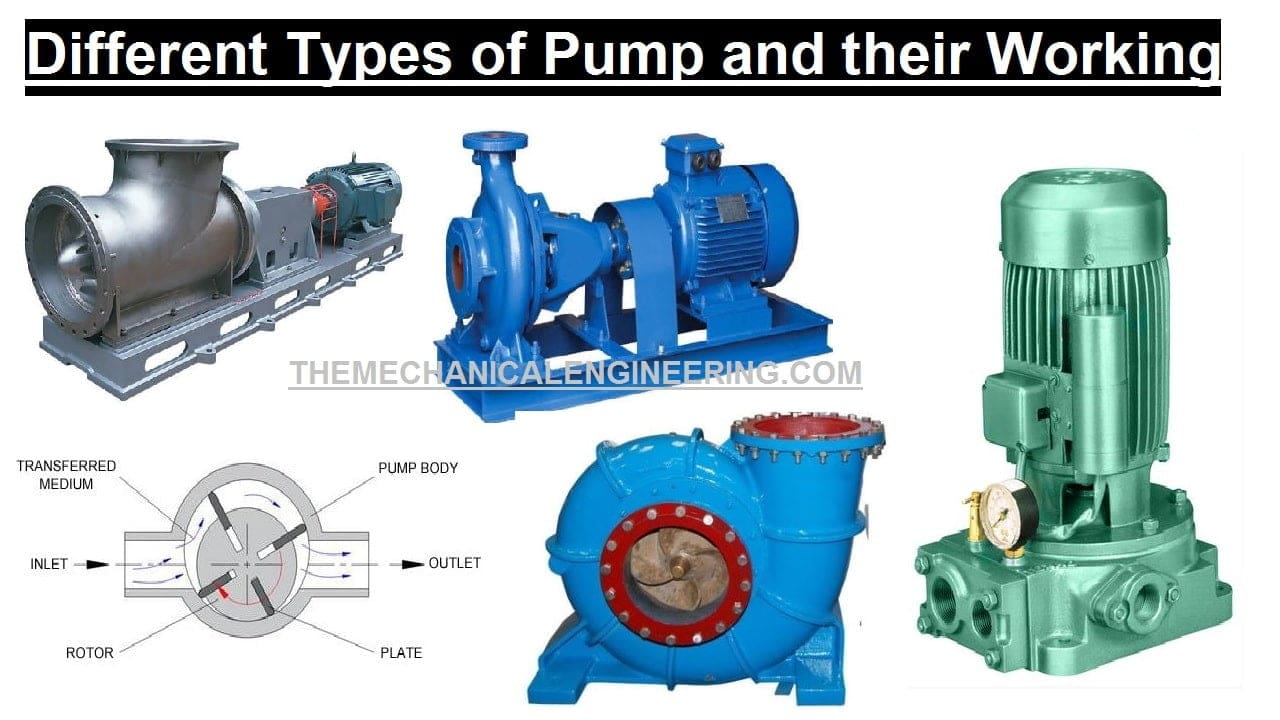
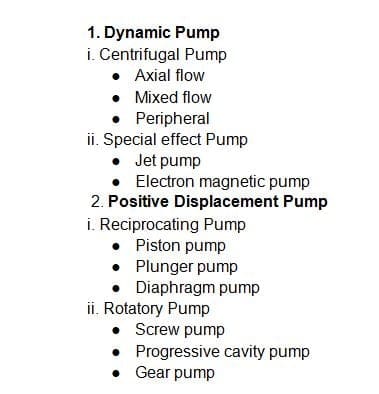
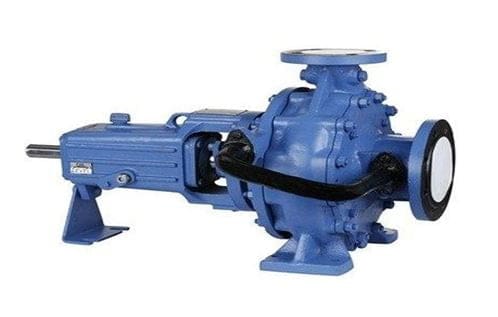
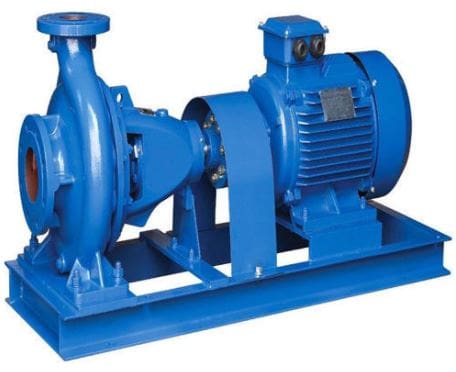
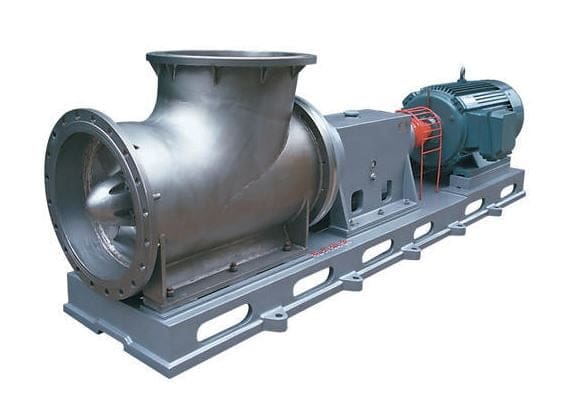
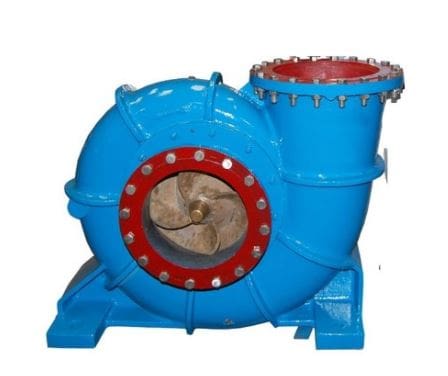
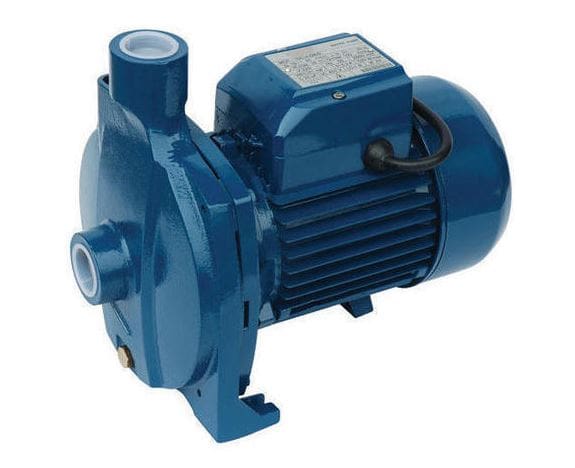
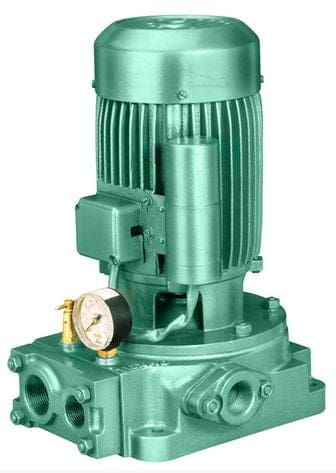
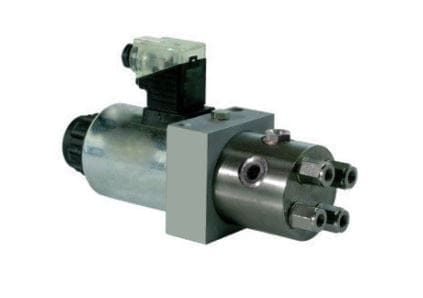
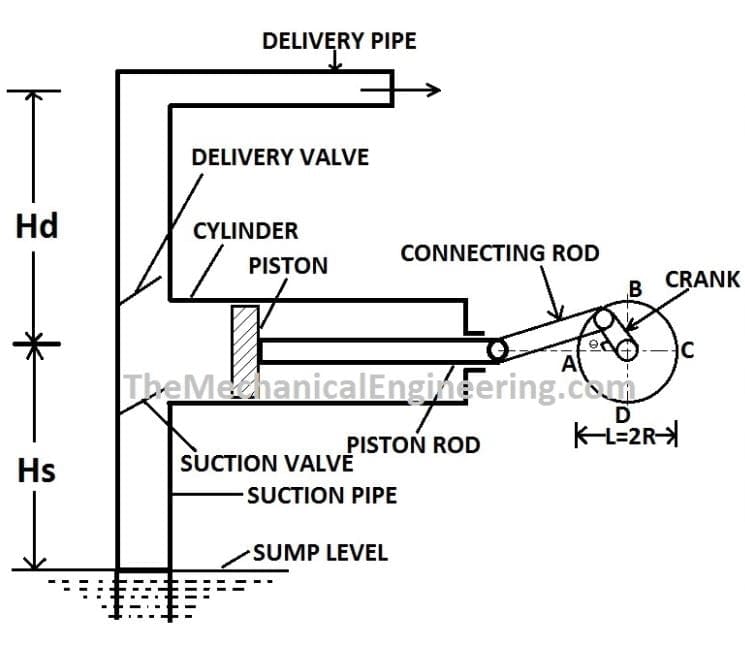
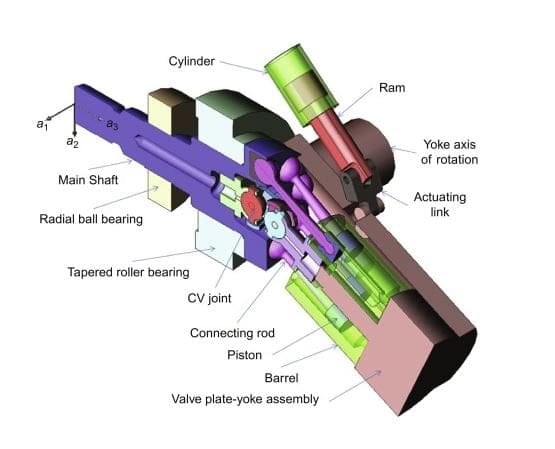
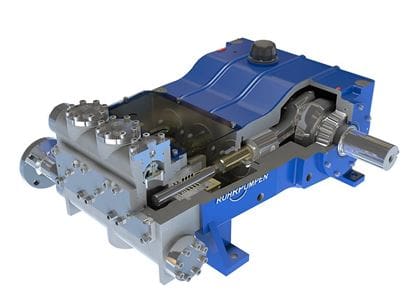
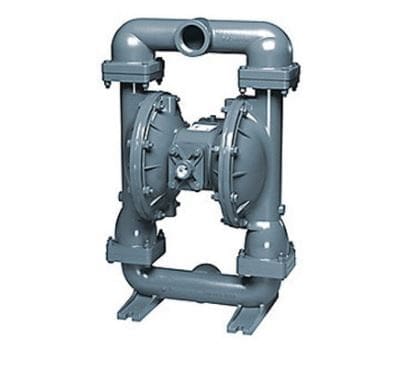
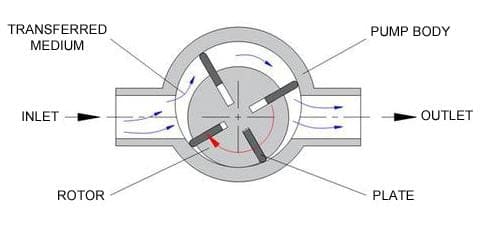
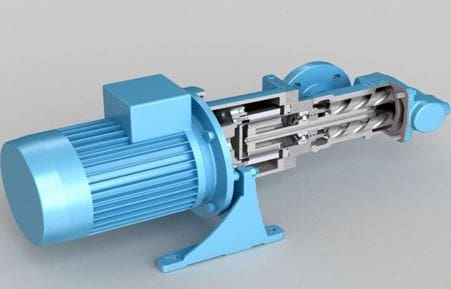
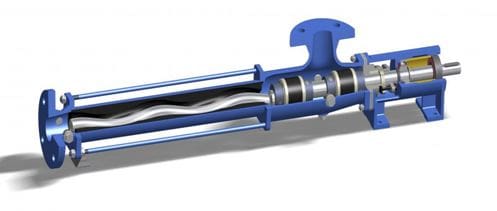
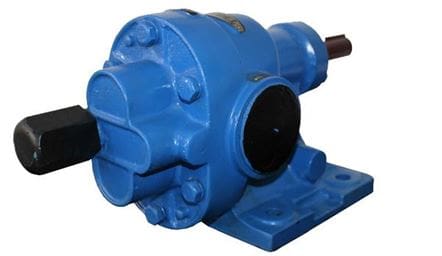

![Different Types of Measuring Tools and their Uses [Notes & PDF] Feature Image of Types of Measuring Tools](https://themechanicalengineering.com/wp-content/uploads/2023/01/Feature-Image-of-Types-of-Measuring-Tools-300x171.jpg)
![Steel: Properties, Different Types and Applications [Notes & PDF] Feature Image of Steel](https://themechanicalengineering.com/wp-content/uploads/2023/01/Feature-Image-of-Steel-300x168.jpg)


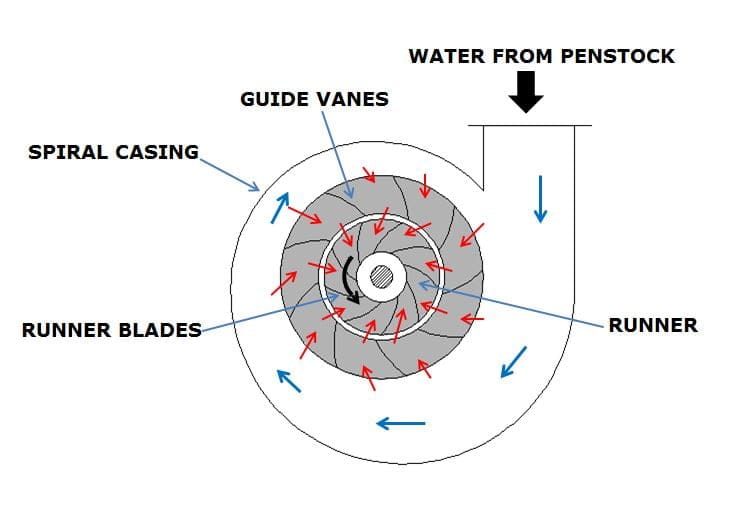
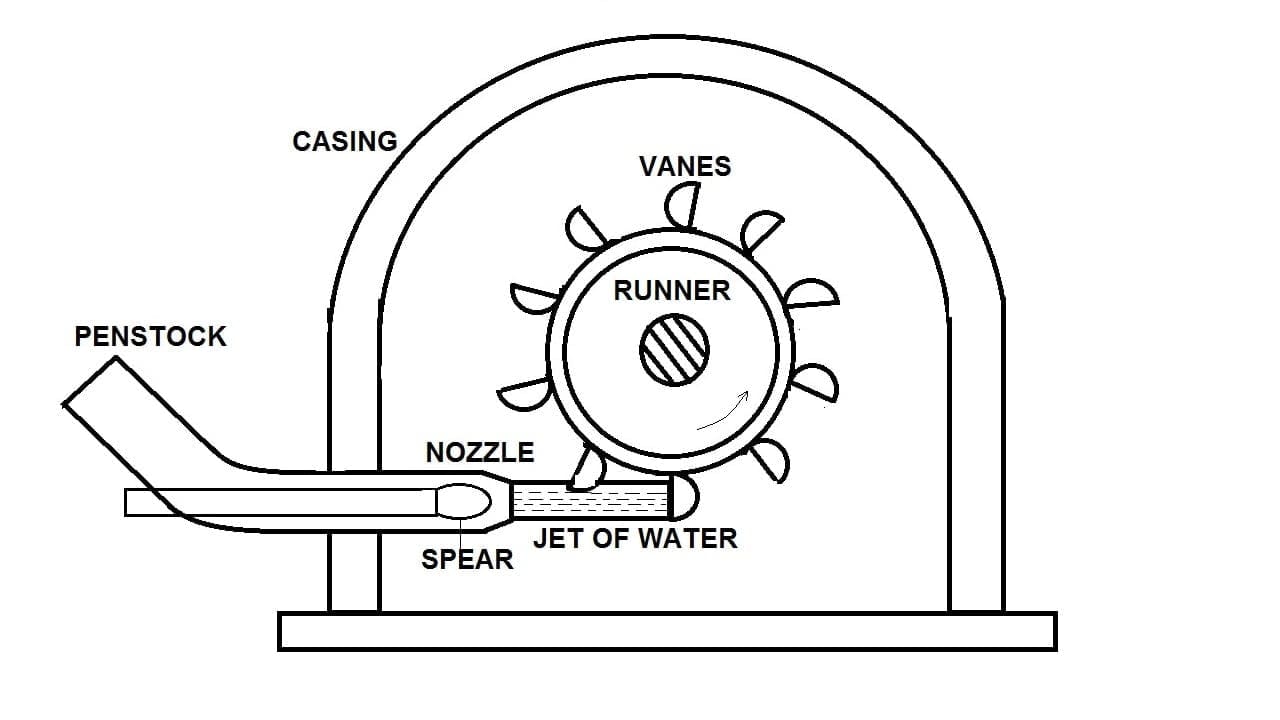
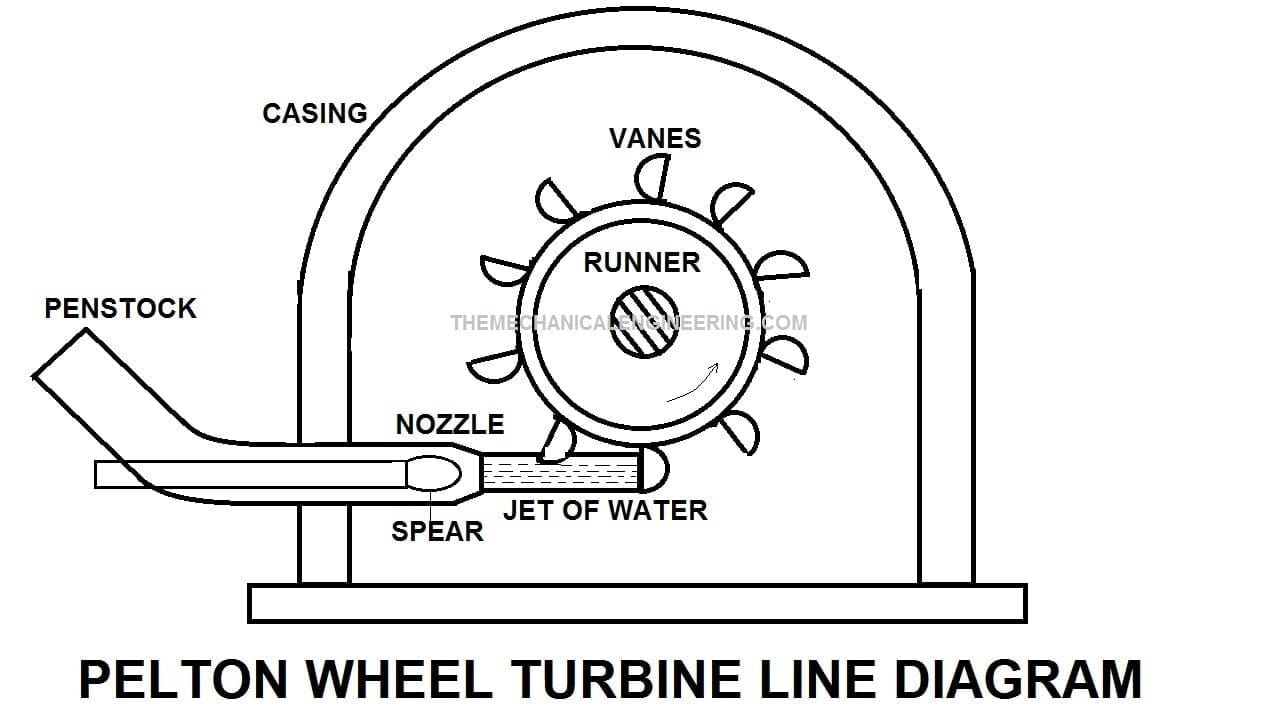

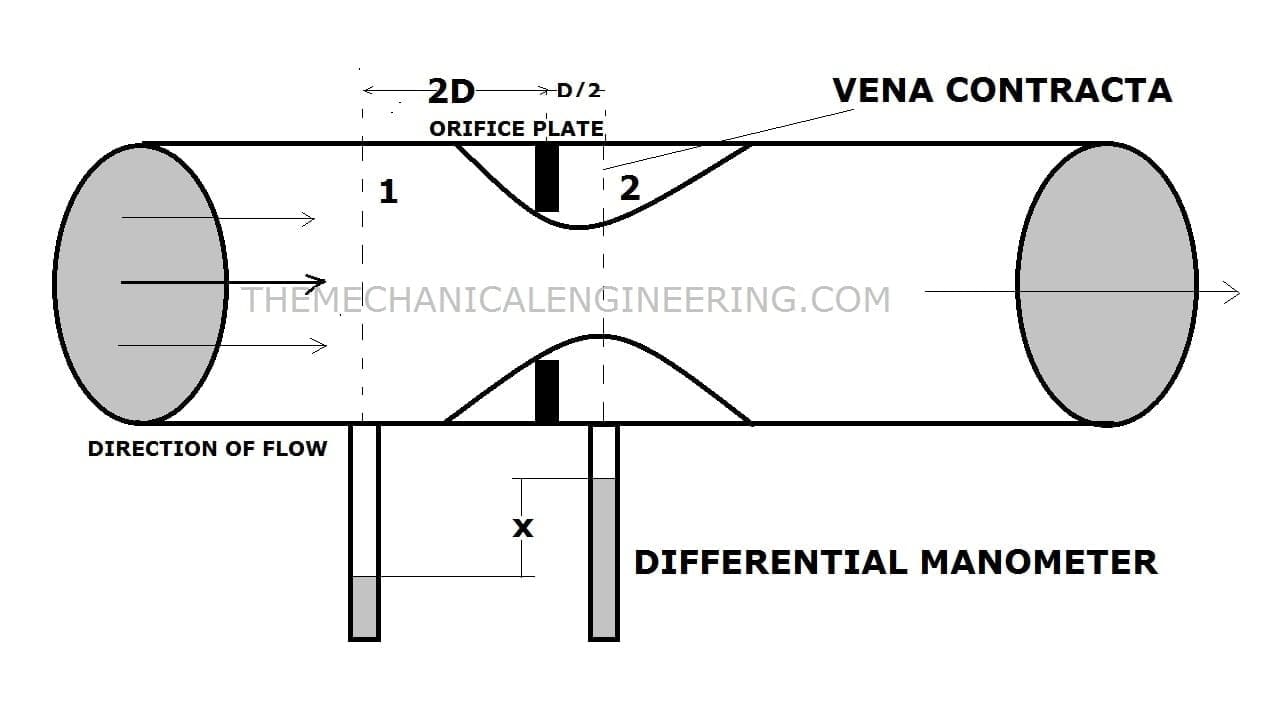
Discussion about this post